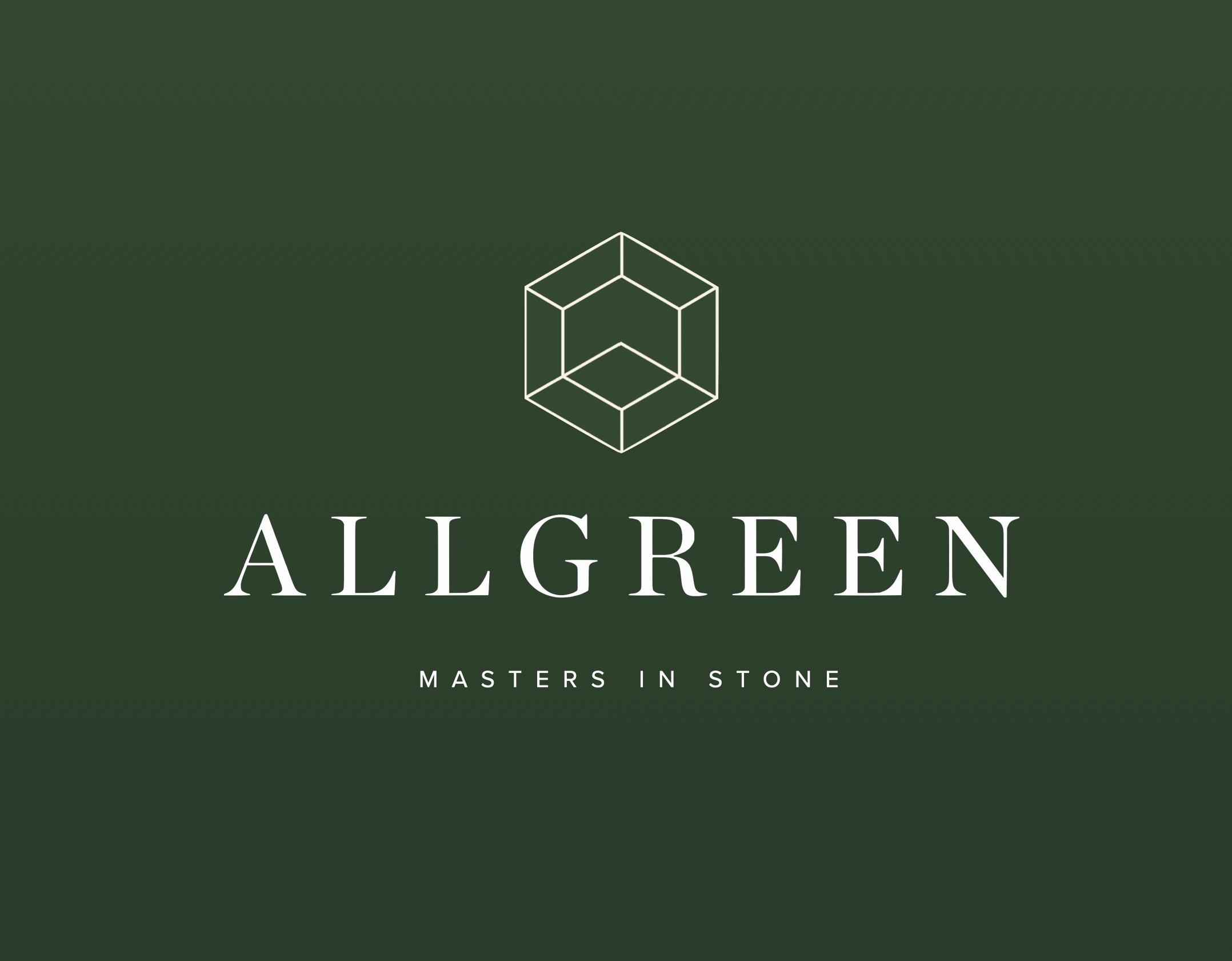Why buy a Rolex when you can buy a Seiko fifty times cheaper? Both are beautiful. Both are accurate. Yet only one transmits ultimate prestige, power & success. And that’s what your customers really want. Not a watch that tells the time.
We can help you define and evoke the emotions your customers crave, to create a truly unmistakable luxury brand. Below are some examples of our luxury branding work.

1. Competitor Analysis
The first step in defining a luxury brand is about looking at the competition - or brands a customer would consider when making a decision. Who are they? Who does Google say they are? And most importantly - who do your potential customers think they are? We need to look at each of your main competitors and understand why their customers buy from them. This is key to a strong competitive advantage.
Here’s how we help luxury brands to become truly covetable…
2. Market Research
This is where we look at sociological / macro trends and category trends that give us inspiration and context. This phase is also about gaining insight from consumers which often involves interviewing various groups of people about your brand: people who bought from you, did not buy from you, and people who have never bought from you. We always obey by the first rule of marketing - you are not your customer.
3. Customer Profiling
Many luxury businesses go about defining their target customers with a broad brush - i.e. woman, 35-55. The problem with this is that it describes a lot of different people and dilutes your brand message. The key is to have a laser focus on (ideally) just one individual. When you direct your message to just one person, you will turn them into a brand advocate and attract others in their close circle.
4. Brand Benefits
Brand benefits come in two forms: psychological benefits and functional. Let's use a fine jewellery brand as an example: a customer may buy from them because it makes them feel good to own a beautiful piece of luxury jewellery (psychological). But they may also buy because the jewellery is an investment and something they can hand down to their children (functional). This can be summed up in the line: 'I buy from XYZ because...'
5. Brand Personality
Just like a person, a luxury brand has a personality and values. BMW Group is a great example of different brand personalities. Mini is fun, cute and quirky, BMW is cool and smart, and Rolls Royce is powerful and statesmanlike. Our job is to identify your luxury brand's personality so that it's behaviour fits with it's characteristics. Brand values are also a key part of the mix - what your brand stands for and what it believes in.
6. Brand Positioning
What do Harley Davidson sell? Motorcycles? No. Freedom. That's their brand promise - what they promise to deliver to their customers every-time they interact with them. A brand position (also know as a USP, discriminator, or point of difference) is the thing (or things) that set you apart from your competitors in the eyes of your consumers. This can often be captured in the sentence: ‘Only XYZ brand gives me…’
7. Brand Narrative
Words are astonishingly powerful. They have the ability to persuade, influence and change behaviours. And storytelling with purpose is a recipe for success. We can help you to create a compelling story that will flow into ever corner of your brand universe; from your website, blog posts and marketing materials to your sales presentations, and social media, basically all touchpoints where the brand interacts with potential customers.
8. Brand Identity
Once we have defined and articulated your luxury brand, we need to create an identity for it. Brand identity (sometimes called visual identity), is the term used for the elements that make your brand unique and set it apart from every other brand. It is the visual application of the brand strategy, or how the brand shows up in the outside world. Brand identity includes things like: naming, logo design, stationery, and signage.
9. Brand Toolkit
A brand toolkit (often known as brand guidelines or brand book) defines how your brand is represented, both internally (company documents), and externally (e.g. through the press). It includes: how to / not to use your logo, which fonts to use for headings and body text, colour schemes, recommended imagery, visual personality, and design styles. Once we have refined the story and logo this is the final stage.









